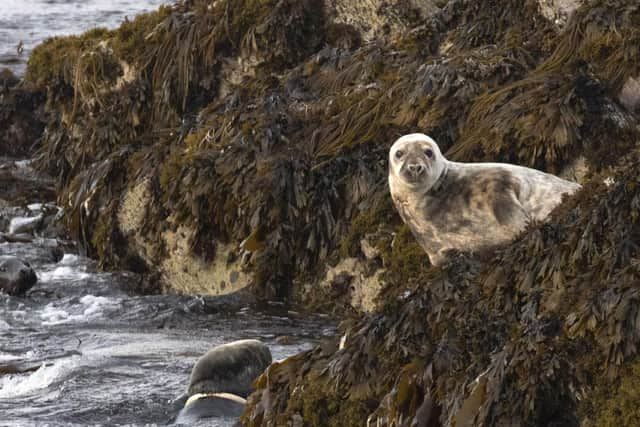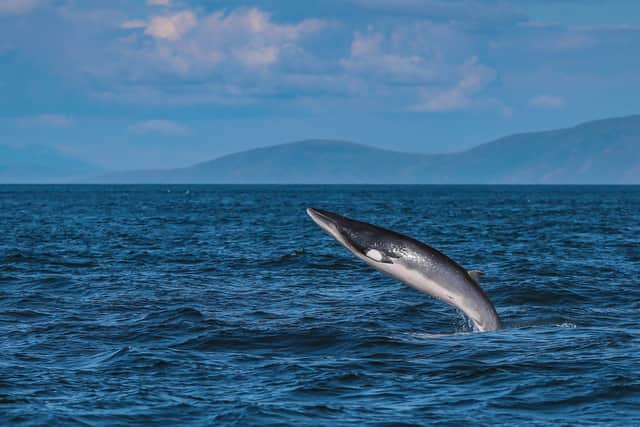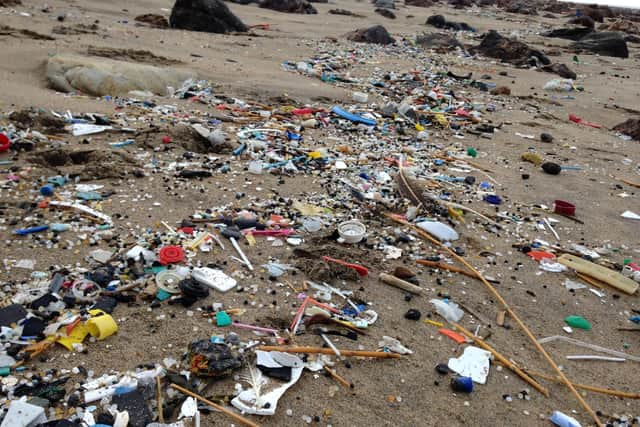Seal discovered ‘commuting’ between the Isle of Man and Cornwall for 19 years


For the first time this year, the female seal, nicknamed Tulip Belle, was found to be commuting across the Irish Sea, regularly visiting the south west coast of England before returning to the Calf of Man to have her pups.
The journey has been documented in The Wildlife Trusts’ Marine Review of 2019.
Advertisement
Hide AdAdvertisement
Hide AdPhotographs sent by the Manx Wildlife Trust to the Cornwall Seal Group (Research Trust) revealed the habits of seals and the lengths they will go to for food and a place to rear their young.


Female grey seals live up to 35 years in the wild while males live 25 years on average.
They can remain underwater for up to 16 minutes at a time, but usually resurface every five to ten minutes.
Lara Howe, Manx Wildlife Trust’s marine officer, said: “This is a first for us.
Advertisement
Hide AdAdvertisement
Hide Ad“We knew that seals travel within the Irish Sea, but we had no idea that they would go as far as Cornwall.


“When I sent our Manx seal photos to the Cornwall Seal Group, it was a bit of a long shot and we were all surprised that we found a match.
“It shows that seals will swim great distances for food and a place to pup, highlighting the importance of a network of marine protected areas around the UK, so that wherever marine wildlife goes there are healthy seas to support them.”
The report also included extraordinary sightings of minke whales and bottlenose dolphins off the east Yorkshire coast, and restoration of vital saltmarshes and conservation action by thousands of marine and coastal volunteers.
Advertisement
Hide AdAdvertisement
Hide AdBad news included the failing of a Kittiwake colony on the Isles of Scilly, with no chicks surviving, increasing incidents of disturbance to wildlife and how marine wildlife is in peril from plastic, nurdles, litter and discarded fishing gear.


Changes in marine environment include the spread of non-native Pacific oyster as waters warm.
Cumbria Wildlife Trust also reported more grey seals at South Walney nature reserve than ever before: 483 including siven pups – up from 360 last year. Numbers have increased dramatically from only two in 1981 with the first pups being born in 2015.
Joan Edwards, The Wildlife Trusts’ director of living seas, says: “2019 saw a sea-change in people’s attitudes. The extent of the nature and climate emergency is becoming increasingly clear and more people than ever are volunteering to be citizen scientists and conducting important surveys or taking action to tackle the profound problems of marine litter and plastic pollution. They’ve shown their commitment to healthy seas by supporting The Wildlife Trusts’ campaigns to ensure government policies create more and better protection for marine wildlife and waters around the UK.”
For more information visit https://www.wildlifetrusts.org/about-us/vision-and-mission/living-seas.